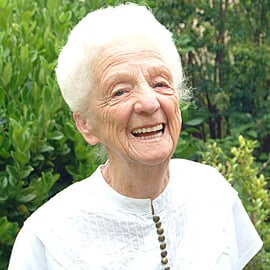It is relatively easy to see how Estia is going to improve its performance. Actual occupancy in November was 92.8%, down from an average of 94.4% last financial year. The market average is 95% and 97% is possible. That extra 2% almost goes straight to the bottom line in profit.
With 5,782 beds across 68 aged care homes, 2% equals 105 beds.
They are going to take the following actions to build the occupancy:
• re-engage with the top five referrers as a key priority
• immediate focus on 14 underperforming aged care homes
• establish a specialised occupancy team
• launch a respite initiative to mitigate seasonal downturns
• overhaul the enquiry managements system
The percentage of clients paying a RAD on entry is declining – down to 45% of paying customers (40% are concessional residents). However the average incoming RAD is $371,000 and the average outgoing RAD payment is $299,000. Estia is ahead.
Accordingly DAPs now deliver $21,400 EBITDA per resident in cash.
And the word is that the back-office is the biggest problem at Estia, being all the legacy systems they have inherited as a result of rapid acquisitions, which has made reporting and control difficult. They now have the stability to get their house in order over the next 24 months.






